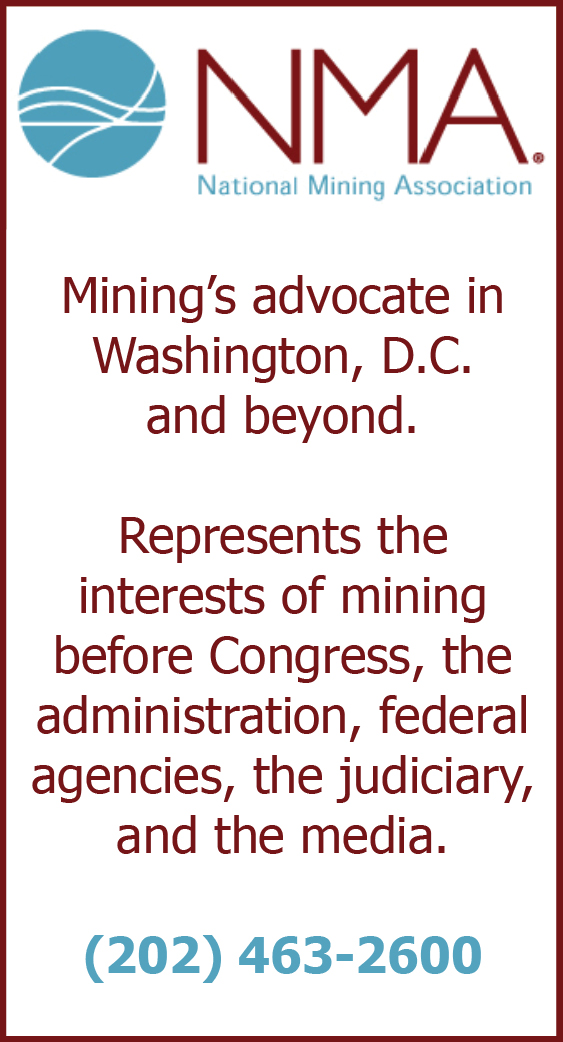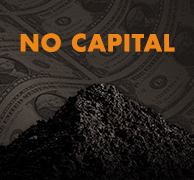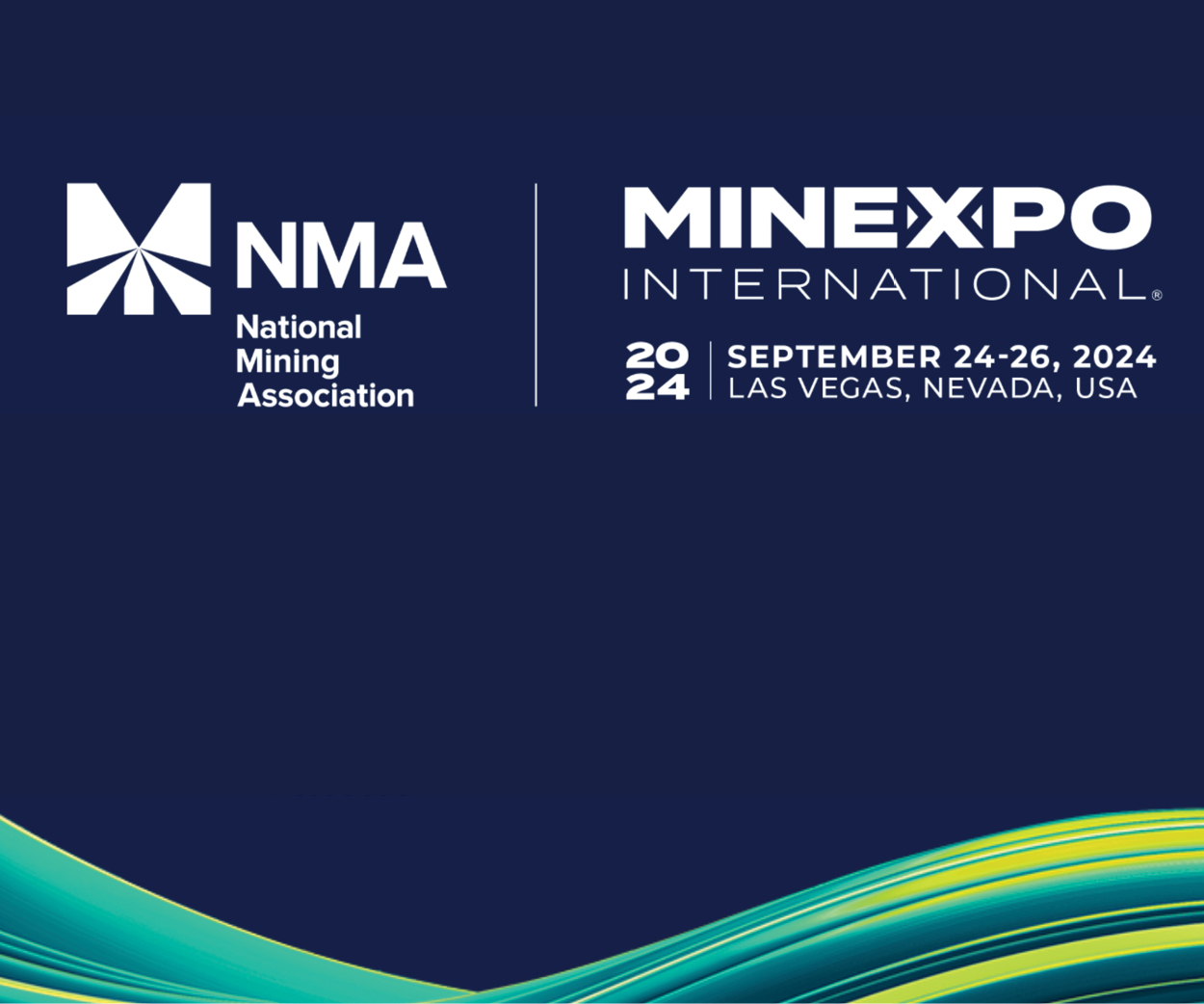Is the World Warming to Clean Coal?
At an event in New Delhi last month, the Indian government’s chief economic adviser had strong words for critics of India’s energy sector. In a fiery defense of Indian coal energy, Arvind Subramanian — a former IMF economist who worked at Washington’s most influential development think tanks – made it clear his country needed practical solutions instead of “carbon imperialism” that insists on an immediate, unrealistic switch to renewable energies.
Who are the imperialists, in Subramanian’s eyes? As it turns out, his former colleagues at multinational institutions, such as the World Bank. The Bank, under pressure from Barack Obama, decided it would no longer support coal energy initiatives in 2013. Since then, its projects have taken an ambiguous approach to the world’s electrical grid.
While acknowledging the overriding necessity of electricity for businesses and households alike, especially in energy-deprived South Asia and sub-Saharan Africa, the Bank has been adamant that power should not come at the detriment of environmental objectives.
Considering the United States is the largest shareholder in the World Bank and exerts outsized influence over its funding decisions, it hardly came as a surprise to see the Bank’s president go along with the Obama administration’s agenda. Since then, the World Bank and its fellow financiers in the European Union have — at least on paper — cut off support to coal projects and denied financing coal-fired power plants in emerging markets.
The pullback by multilateral banks came as more private-sector interests reconsidered their exposure to coal-related assets, turning the international institutions into lenders (or at least Western lenders) of last resort.
In practice, things have played out differently. Even as they preached a coal-free future, billions of dollars from both the World Bank and the Obama administration went to traditional energy initiatives. For the Bank, it is a vexing conundrum: nearly one-sixth of the global population — 1.2 billion people — lives without reliable electricity. This lack of power hinders opportunities and keeps them in poverty, a stark limitation for these emerging markets.
Like Subramanian, other policymakers in the developing world have not sat by idly as the World Bank and Western governments dictate energy policy to them. Over the past several years, leaders in Nigeria, Tanzania, and the Philippines have insisted on pragmatism in maintaining energy security.
Their argument is simple: coal is and will continue to be used throughout the Global South for decades to come. Instead of blanket bans, the promotion of carbon capture and other clean coal technologies could help expand public access to energy while reducing emissions and avoiding having to retool already-struggling infrastructure.
Those voices are the impetus behind what Subramanian calls a “green and clean coal coalition” spanning both the developed and developing worlds. Emerging markets in Asia and Africa will continue to build new coal-fired power stations for at least the next two decades. In that timeframe, coal-fired solutions are indispensable to meeting their demands for electrification and growth. As clean coal solutions emerge, new plants in the developing world can and should be far cleaner than previous generations of coal-fired plants in Europe and America.
India alone will see its energy demand nearly double between 2020 and 2040, rising 87 per cent. Subramanian’s comments reflect New Delhi’s commitment to carbon capture technologies and improving the efficiency of existing plants. As minister for power Piyush Goyal put it: “Every country needs a baseload. I cannot tell my country, ‘guys, it’s 6pm in the evening, shut everything down because the solar has gone off’.”
The dynamics of African electrification present similar challenges. If India’s energy demand will nearly double in the next two decades, Africa’s will nearly triple. That explains why there are over 100 coal-powered facilities in development across 11 African countries (not including coal-fueled South Africa) with a total capacity of 42.5 GW. A lack of funding from the World Bank has hardly been an obstacle to these projects: instead of looking to Washington, countries like Kenya are receiving both funding and technical assistance from Beijing.
Multinational institutions would be best served by orienting new coal-powered plants to the cleanest possible models, instead of dogmatically refusing to fund facilities that will be built without them. Some key international sources of finance are already following this path: just two months ago, the Government of Japan launched a partnership with the African Development Bank (AfDB) to provide $6 billion USD of investment in the energy sector, including what Gabriel Negatu of the AfDB calls “the best available low-emissions clean coal technologies”.
Of course, none of these investors exercises as much influence as President Donald Trump and his administration. In one of several ways his election marked a stunning shift from the Obama administration, Trump has emerged as a champion of American coal and an ally for leaders in the developing world who look to coal for electrification.
Just as President Obama’s stance on coal informed the World Bank in 2013, Trump is now bringing his administration’s weight to bear in favor of global coal energy, both on multinational financial institutions and on key emerging markets. Trump has taken his pro-coal message directly to counterparts like Narendra Modi and Petro Poroshenko.
Trump has his own motives for doing this. The US coal sector was plummeting when the new president was sworn in (production reaching its lowest level since 1978), and branching out to emerging markets is an opportunity for the administration to fulfill a campaign promise and maintain blue collar support. US coal has been regaining ground ever since Trump was elected, and that growth has been coming from overseas exports.
Could Trump, then, be the key cog in Subramanian’s “clean coal coalition”? With the US decisively switching camps, the tide seems to have already shifted since the Paris agreement of two years ago. Multilateral institutions, such as the World Bank and governments such as France continue to insist that the war on traditional fuels is still on, but a de facto axis between the United States, China and the developing world is starting to disagree with them.
By: Sebastian Laye, CAPX






















